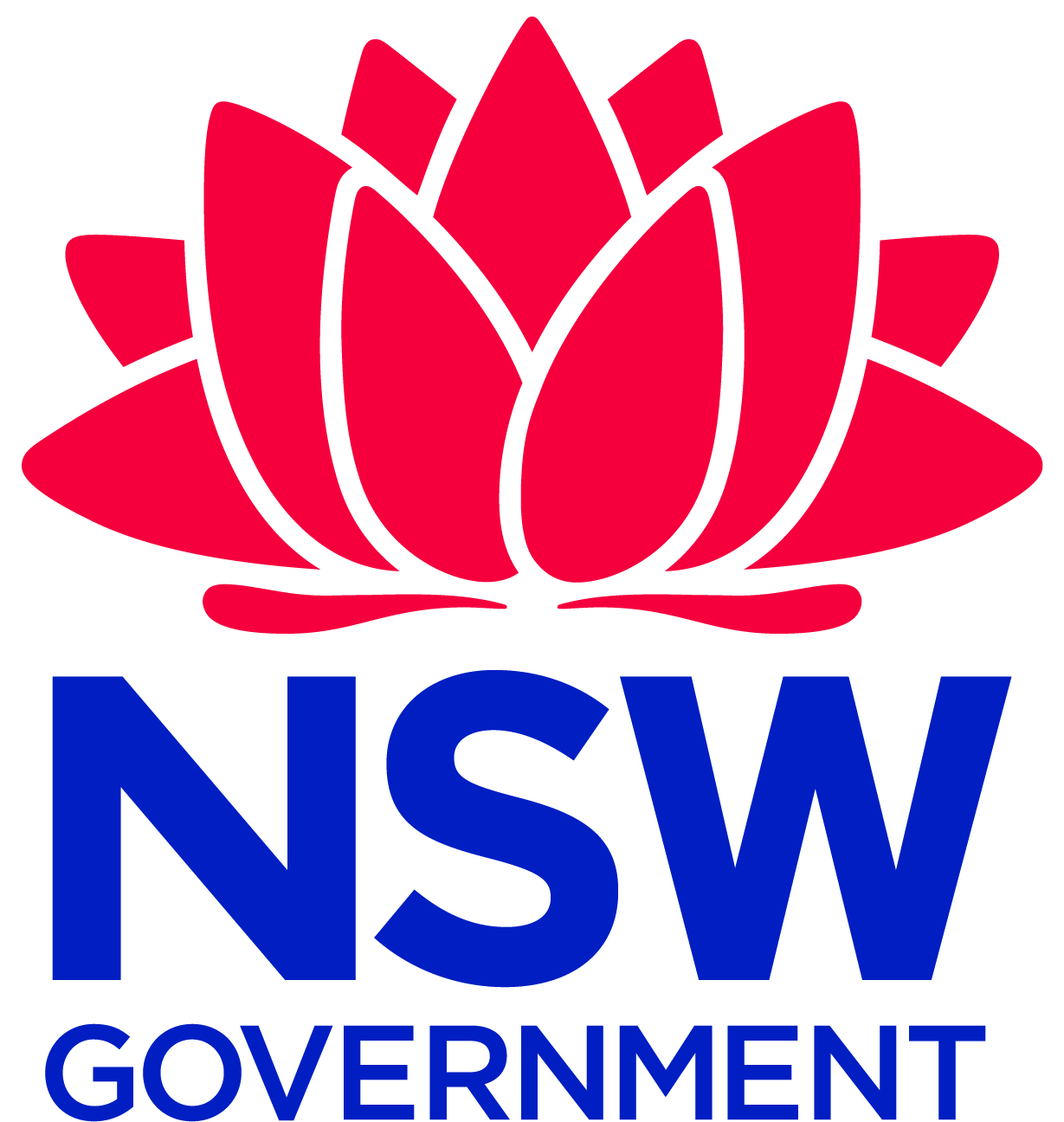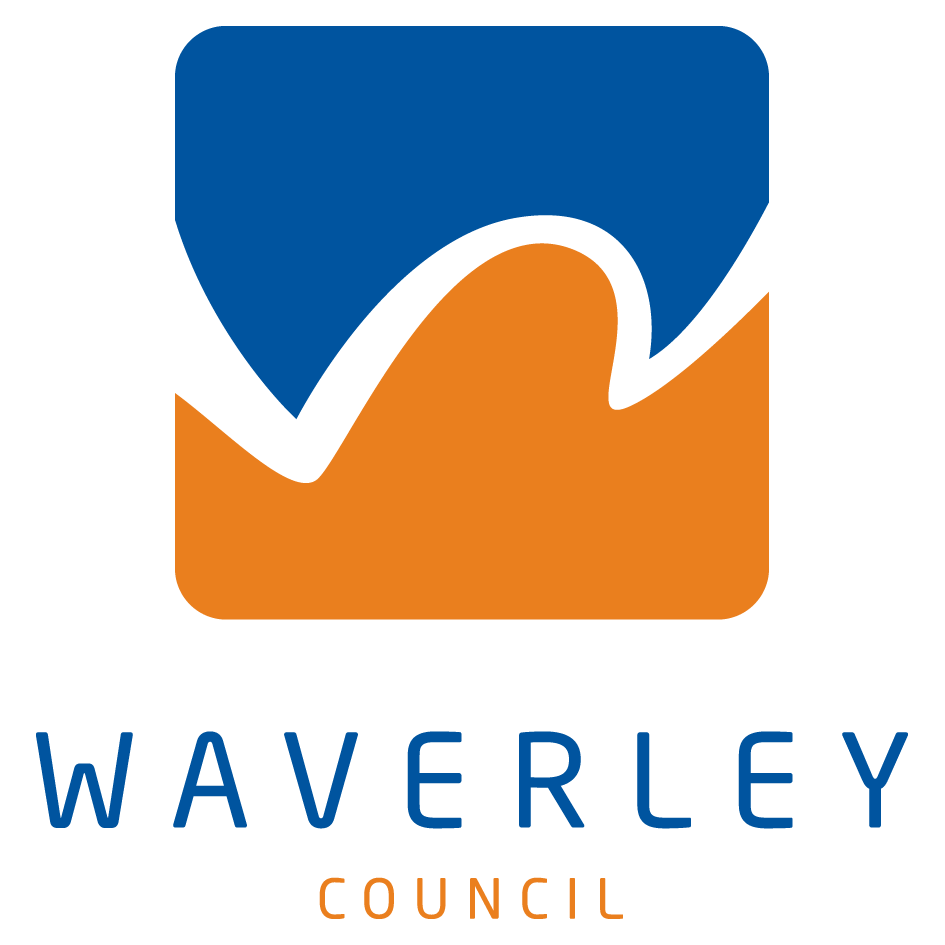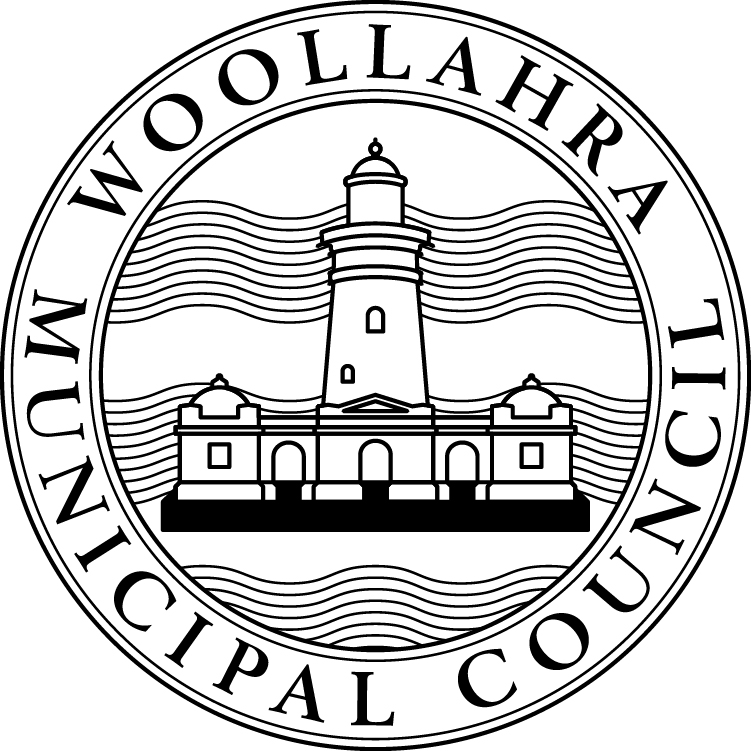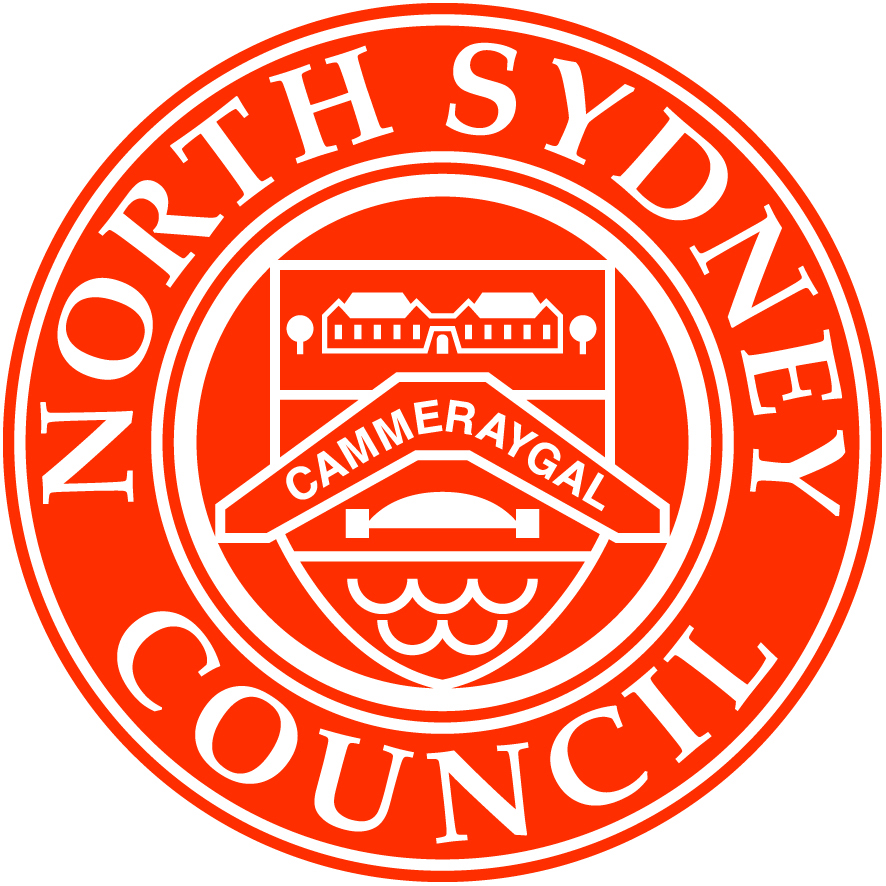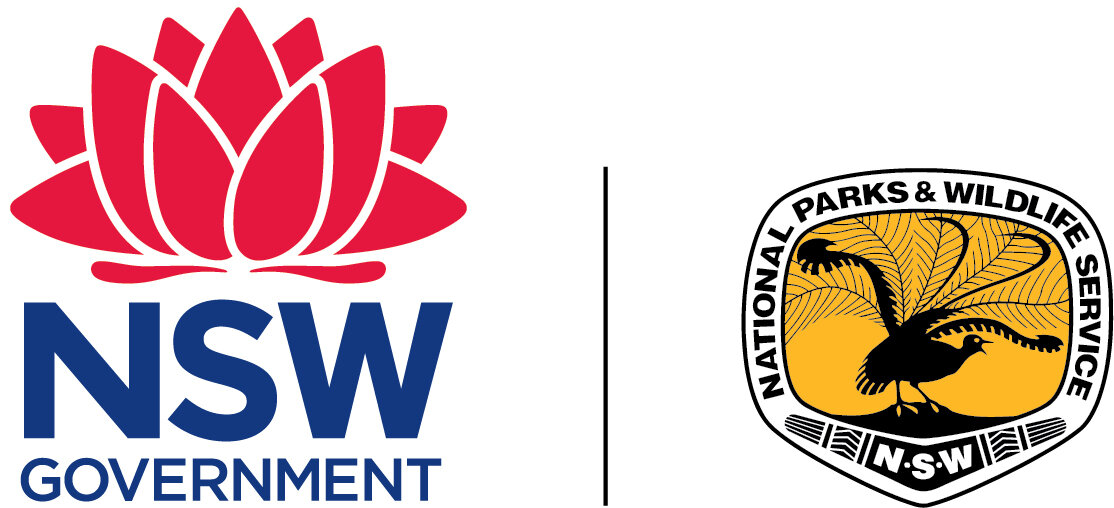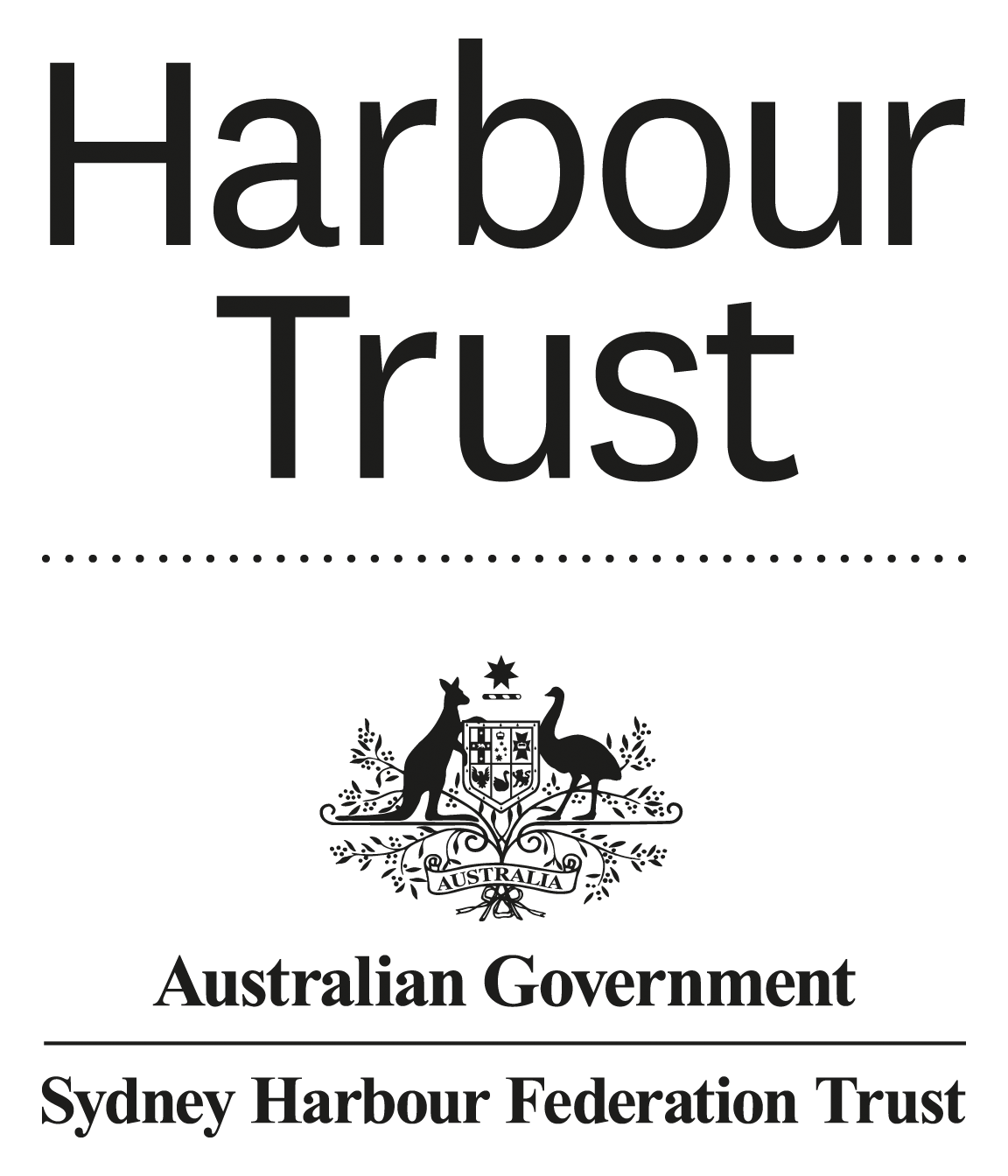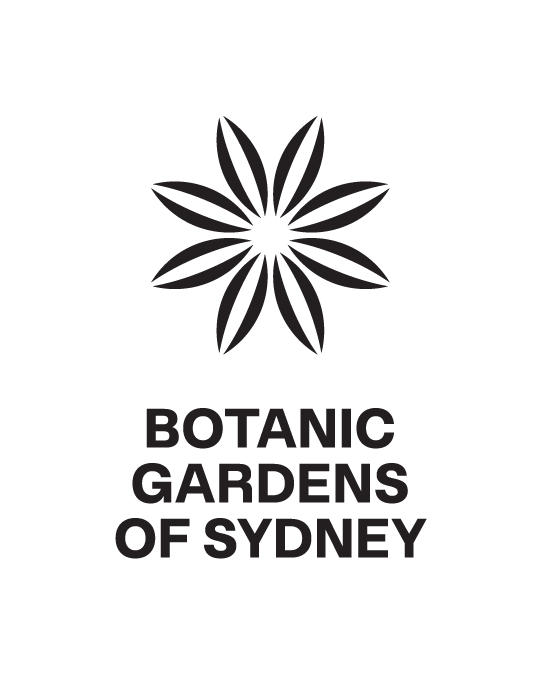3 DAYS
for those long weekend adventurers or short, epic trips to see the best of sydney
Day 1: Bondi Beach to Darling Point | 26.4km
Day 2: Darling Point to Spit Bridge | 33.6km
Day 3: Spit Bridge to Manly Beach | 20km
DAY 1 : Bondi Beach to Darling point
26.4KM | 571M^ | 7-10 HOURS
Starting at Bondi Beach, you walk up the coast along the South Head of Sydney’s Eastern Suburbs. Walking past Indigenous sites and other heritage and historical landmarks such as Macquarie Lighthouse and the Wreck of Dunbar.
After passing Watsons Bay’s dramatic Gap, you’ll reach Hornby Lighthouse at the tip of South Head, before looping around to Watsons Bay Wharf. With stunning Harbour views, you’ll continue walking, through the Hermitage Foreshore Walk, passing many historical cottages, reserves, small beaches and bays.
The Walk continues along the coastline, stopping off at beautiful viewpoints, before finishing at Darling Point.
Getting there
The easiest way to get to Bondi Beach is via Sydney Buses. There are buses from Bondi Junction train station to Bondi Beach at Stand A (Route 333) and Stand B (Route 380), which run, on average, every 10-15 minutes during the day.
For more information please visit https://transportnsw.info
Getting back
From Darling Point Wharf, there are ferries to Circular Quay which operate every hour along the Sydney Ferries F7 Route.
For more information please visit https://transportnsw.info
DAY 2 : Darling Point to Spit bridge
33.6km | 613m^ | 8-11 HOURS
Day 2 starts at Darling Point and continues along to Rushcutters Bay, The Domain, Mrs Macquarie’s Chair, Farm Cove and the Royal Botanic Gardens; all Heritage parts of Sydney. Just around the corner is the iconic Sydney Opera House, Circular Quay, The Rocks and the Sydney Harbour Bridge. Be sure to stop off for plenty of photo opportunities!
By crossing the Harbour Bridge, you’ll be able to see all the way back to Watsons Bay where you’ve just walked and where you’re headed to next. From here, you’ll explore parts of Kirribilli, such as Admiralty House, Kirribilli House and Sub Base Platypus, before continuing through to Neutral Bay, where May Gibbs’ Nutcote house is located.
Continuing on to Cremorne Point Reserve, you’ll pass one of Sydney’s impressive seawater pools; MacCallum Pool. Robertson Lighthouse marks the end of Cremorne Point, which boasts magnificent views of Sydney Harbour and is the perfect spot for a scenic picnic/lunch break along your day of walking.
Following the trail, you’ll find yourself at Taronga Zoo and then on to Bradleys Head, Georges Head and Middle Head; where you’ll find some of Sydney’s oldest defence systems of gun batteries and tunnels, dating back to the 19th century.
After a jam packed day, you’ll reach Balmoral Beach where you can explore the various historical parts of the popular beach, such as the old tram sheds, the Rotunda and Rocky Point Island.
Following on from Balmoral Beach is Chinamans Beach and Parriwi Lighthouse, which is situated upon Parriwi Head. Finally finishing the long day at the Spit Bridge, where you can enjoy views of Middle Harbour and the Spit Bridge Marinas.
Getting there
The best way to get to Darling Point is via Sydney Ferries. The F7 Route runs from Circular Quay ferry terminal once every hour.
For more information please visit https://transportnsw.info
Getting back
From the Spit Bridge, there are buses, via Sydney Buses, to the City (Wynyard station), North Sydney (North Sydney station), Chatswood (Chatswood station), the Northern Beaches and Manly (Manly Wharf).
These buses run, on average, every 20 minutes and connect to stations and wharves to link passengers to other destinations via Sydney Trains/Ferries.
For more information please visit https://transportnsw.info
Day 3 : Spit bridge to manly beach
20KM | 428M^ | 4-7 HOURS
Starting at Spit Bridge, you’ll continue on the ‘Manly Scenic Walkway’ which leads to Clontarf Beach and Grotto Point Lighthouse. Along the way, be on the lookout for Aboriginal Rock Engravings and Shell Middens.
Heading back towards Manly, the trail continues along to Dobroyd Head, passing Indigenous Australian Rock Engravings and Heritage Sites. Along this part of the walk there are many viewpoints, such as Arabanoo Lookout, Reef Bay and Delwood Beach, all of which have glistening views of Middle Harbour and Sydney’s Headlands.
Continuing to Manly Wharf, you’ll pass the Federation Point, Manly Walkway of Olympians and Manly Cove. From Manly Wharf, you walk up to the historic Quarantine Station at North Head, where North Head Sanctuary, The Barracks, Memorial Walk and Gun Emplacement Tunnels are located.
Following on from North Head, you’ll reach the quaint Shelly Beach, renowned for its small shells which make up a large portion of the sand. From here, it's a short walk to the finish, passing Fairy Bower Seawater Pool and Manly Surf Life Saving Club, and eventually ending at Manly Beach.
Getting there
To start the walk at the Spit Bridge, Sydney Buses provides many routes from the City (Wynyard station), North Sydney (North Sydney station), Chatswood (Chatswood station), the Northern Beaches and Manly (Manly wharf), which pass through the Spit Bridge bus stops.
For more information please visit https://transportnsw.info
Getting back
Buses home from Manly Beach operate from Manly Wharf/West Esplanade, Stand A, B, C and D. Buses also depart from Manly Wharf/Belgrave Street, Stand E, F and G.
For more information please visit https://transportnsw.info
For a more scenic route to the City (Circular Quay), the Manly Ferry (F1) departs from Manly Wharf every 30 minutes and takes 30 minutes to reach Circular Quay, where buses and trains connect.
For more information please visit https://transportnsw.info
DISCLAIMER: While every effort has been made to ensure the accuracy of this information, Bondi to Manly Walk accepts no responsibility for any errors or omissions nor for any loss or damage alleged to be suffered by anyone as a result of the publication of this map, or as a result of the user or misuse of the information provided herein. This information is sourced from the public web. Please make your own enquiries as information may have changed. Feedback and recommended corrections are welcomed.





